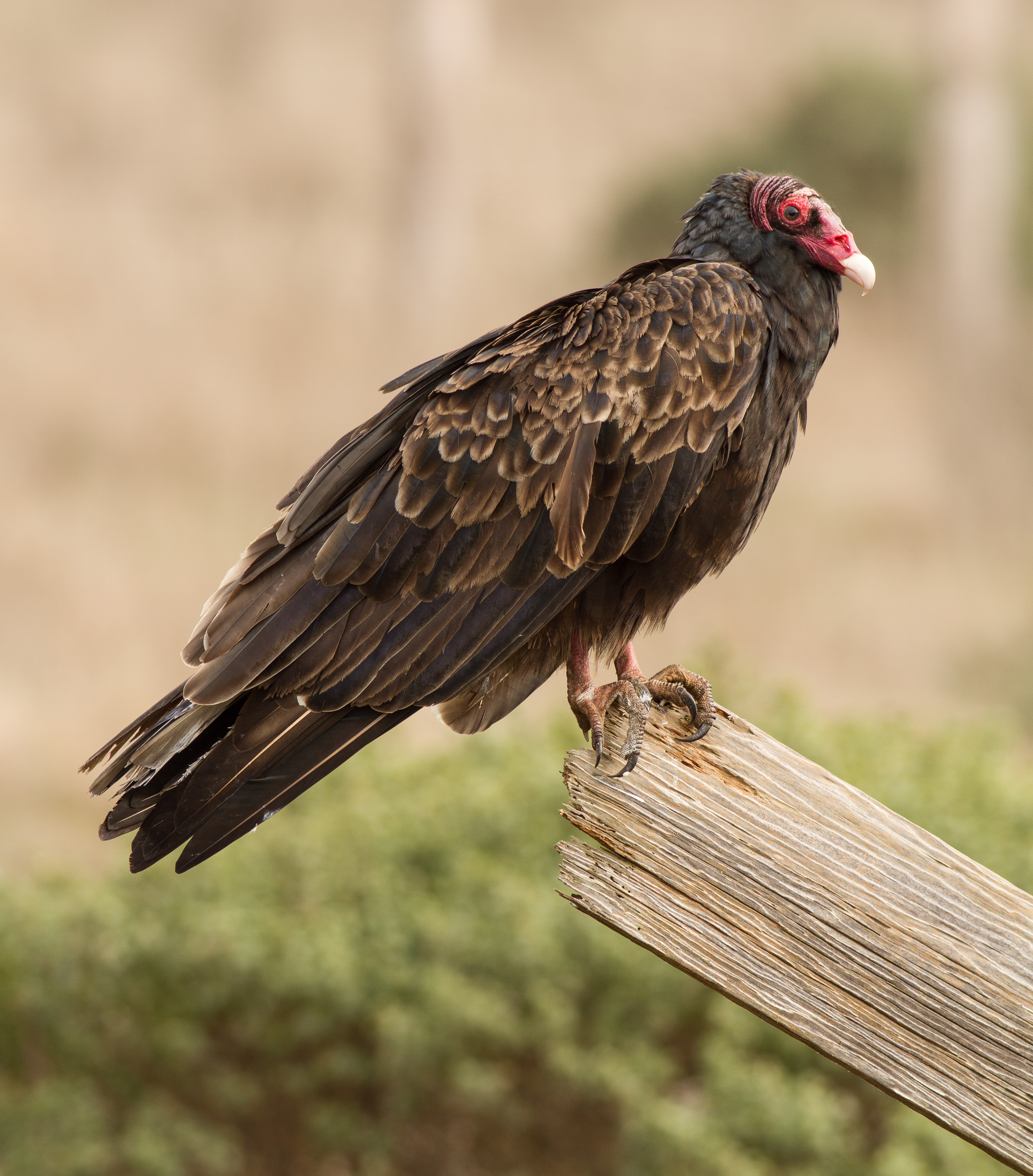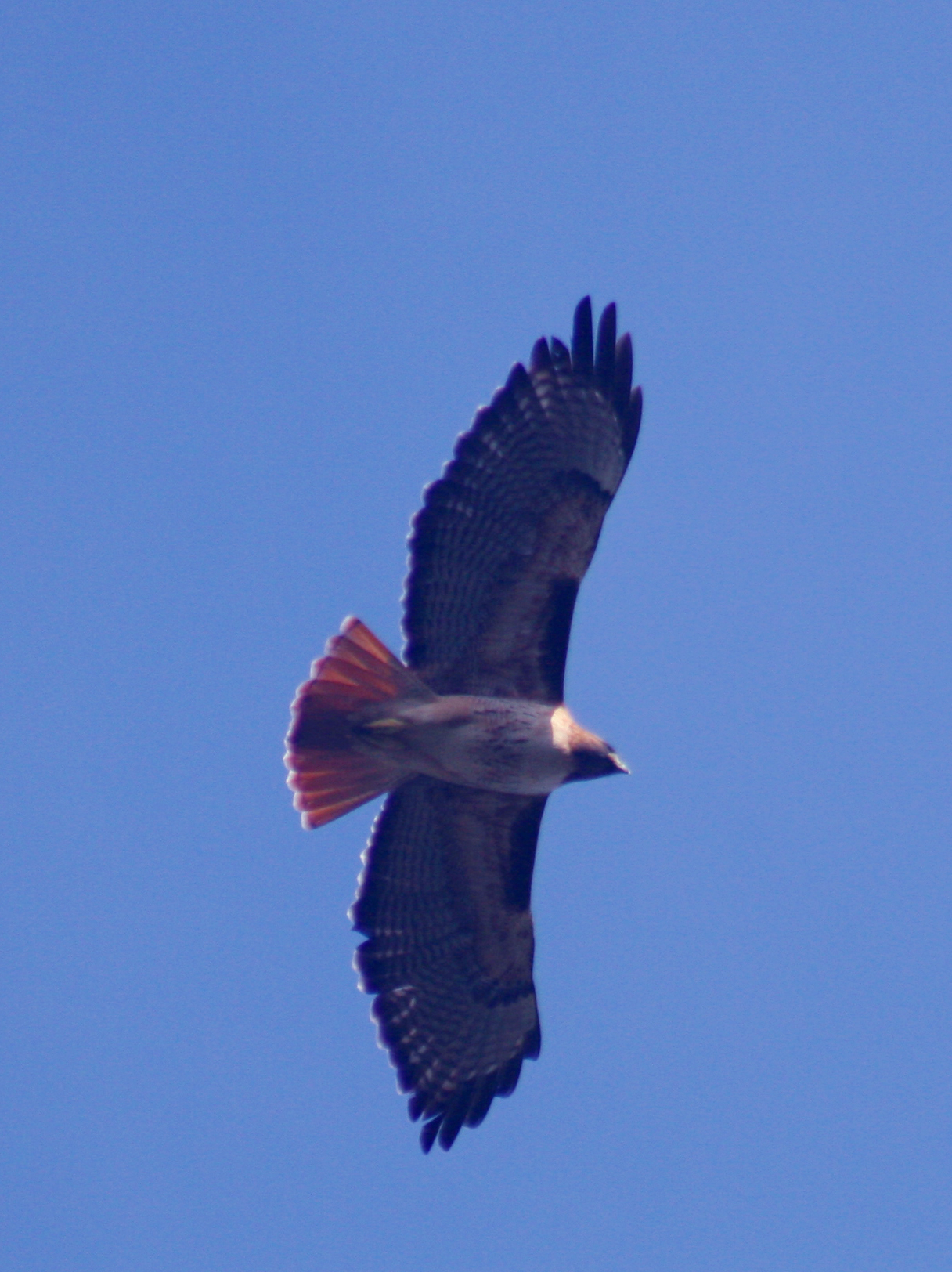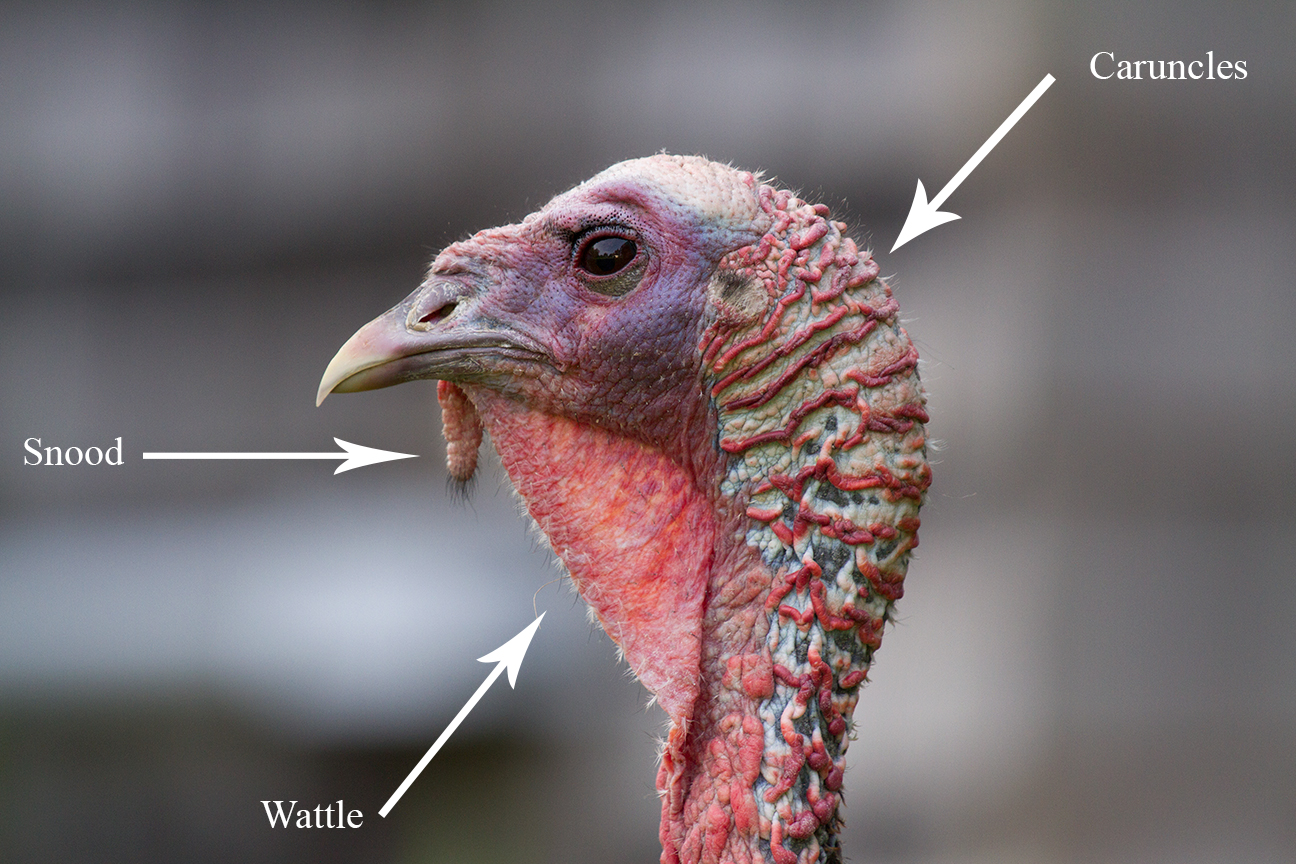|
Wyalusing State Park
Wyalusing State Park is a Wisconsin state park at the confluence of the Mississippi and Wisconsin rivers in the village Bagley, just south of Prairie du Chien. Wyalusing means "home of the warrior" in the Lenape language spoken by Munsee-Delaware tribes who settled in the area in the 19th century after being displaced from farther east. bluffs dotted with prehistoric Native American mounds look out over the river valleys. Two park resources have been recognized nationally: the Wyalusing Hardwood Forest is a National Natural Landmark and the Wyalusing State Park Mounds Archaeological District is on the National Register of Historic Places. Geology The park is in the Driftless Area of Wisconsin, a portion of territory that remained ice free during the last ice age, while land to the east and west was crushed by glaciers. The high bluffs along the Mississippi River and the large deep canyon of the Wisconsin River are evidence of glacial meltwaters reshaping this region. ... [...More Info...] [...Related Items...] OR: [Wikipedia] [Google] [Baidu] |
Grant County, Wisconsin
Grant County is the most southwestern county in the U.S. state of Wisconsin. As of the 2020 census, the population was 51,938. Its county seat is Lancaster and its largest city is Platteville. The county is named after the Grant River, in turn named after a fur trader who lived in the area when Wisconsin was a territory. Grant County comprises the Platteville Micropolitan Statistical Area. It is in the tri-state area of Wisconsin, Illinois, and Iowa, and is crossed by travelers commuting to Madison, Wisconsin, from a number of eastern Iowan cities, and by residents of northern Illinois traveling to the Twin Cities or La Crosse, Wisconsin. History Indian presence What is now Grant County was largely uninhabited prior to contact with Europeans, as it was a border region between the territories of the Kickapoo, Menominee, and Illinois tribes. The only Native Americans to have a permanent settlement in the area were the Meskwaki people, who had a temporary village in what is n ... [...More Info...] [...Related Items...] OR: [Wikipedia] [Google] [Baidu] |
John Nolen
John Nolen (June 14, 1869 – February 18, 1937) was an American landscape architect, planning consultant, founding member of the American City Planning Institute (now the American Institute of Planners) and a writer. Biography Born in Philadelphia, Pennsylvania, Nolen was orphaned as a child and placed in Girard College. After he graduated first in his class in 1884, he worked as a grocery clerk and secretary to the Girard Estate Trust Fund before enrolling in the Wharton School of Finance and Economics at the University of Pennsylvania in 1891. Nolen earned a Ph.B. in 1893, and for the next ten years worked as secretary of the American Society for the Extension of University Teaching. He married Barbara Schatte in 1896. In 1903, Nolen sold his house and used the money to enroll in the newly established Harvard School of Landscape Architecture, under instructors Frederick Law Olmsted Jr., Arthur Shurtleff, and B.M. Watson. He received an A.M. in 1905 from Harvard. Early ... [...More Info...] [...Related Items...] OR: [Wikipedia] [Google] [Baidu] |
Passenger Pigeon
The passenger pigeon or wild pigeon (''Ectopistes migratorius'') is an bird extinction, extinct species of Columbidae, pigeon that was endemic to North America. Its common name is derived from the French word ''passager'', meaning "passing by", due to the migratory habits of the species. The scientific name also refers to its migratory characteristics. The morphologically similar mourning dove (''Zenaida macroura'') was long thought to be its closest relative, and the two were at times confused, but genetic analysis has shown that the genus ''Patagioenas'' is more closely related to it than the Zenaida doves, ''Zenaida'' doves. The passenger pigeon was sexually dimorphic in size and coloration. The male was in length, mainly gray on the upperparts, lighter on the underparts, with iridescent bronze feathers on the neck, and black spots on the wings. The female was , and was duller and browner than the male overall. The juvenile was similar to the female, but without iridescence ... [...More Info...] [...Related Items...] OR: [Wikipedia] [Google] [Baidu] |
Bald Eagle
The bald eagle (''Haliaeetus leucocephalus'') is a bird of prey found in North America. A sea eagle, it has two known subspecies and forms a species pair with the white-tailed eagle (''Haliaeetus albicilla''), which occupies the same niche as the bald eagle in the Palearctic. Its range includes most of Canada and Alaska, all of the contiguous United States, and northern Mexico. It is found near large bodies of open water with an abundant food supply and old-growth trees for nesting. The bald eagle is an opportunistic feeder that subsists mainly on fish, upon which it swoops down and snatches from the water with its talons. It builds the largest nest of any North American bird and the largest tree nests ever recorded for any animal species, up to deep, wide, and in weight. Sexual maturity is attained at the age of four to five years. Bald eagles are not bald; the name derives from an older meaning of the word, "white-headed". The adult is mainly brown with a white head ... [...More Info...] [...Related Items...] OR: [Wikipedia] [Google] [Baidu] |
Turkey Vulture
The turkey vulture (''Cathartes aura'') is the most widespread of the New World vultures. One of three species in the genus '' Cathartes'' of the family Cathartidae, the turkey vulture ranges from southern Canada to the southernmost tip of South America. It inhabits a variety of open and semi-open areas, including subtropical forests, shrublands, pastures, and deserts. Like all New World vultures, it is not closely related to the Old World vultures of Europe, Africa, and Asia. However, the two groups strongly resemble each other due to convergent evolution. The turkey vulture is a scavenger and feeds almost exclusively on carrion. It finds its food using its keen eyes and sense of smell, flying low enough to detect the gasses produced by the early stages of decay in dead animals. In flight, it uses thermals to move through the air, flapping its wings infrequently. It roosts in large community groups. Lacking a syrinx—the vocal organ of birds—its only vocalizations are grun ... [...More Info...] [...Related Items...] OR: [Wikipedia] [Google] [Baidu] |
Red-shouldered Hawk
The red-shouldered hawk (''Buteo lineatus'') is a medium-sized buteo. Its breeding range spans eastern North America and along the coast of California and northern to northeastern-central Mexico. It is a permanent resident throughout most of its range, though northern birds do bird migration, migrate, mostly to central Mexico. The main Conservation status, conservation threat to the widespread species is deforestation. Taxonomy The red-shouldered hawk was Species description, formally described in 1788 by the German naturalist Johann Friedrich Gmelin in his revised and expanded edition of Carl Linnaeus's ''Systema Naturae''. He placed it with the eagles, hawks and relatives in the genus ''Falco (bird), Falco'' and coined the binomial nomenclature, binomial name ''Falco lineatus''. Gmelin based his account on the "barred-breasted buzzard" of John Latham (ornithologist), John Latham and the "red shouldered falcon" of Thomas Pennant. Latham had described a preserved specimen from No ... [...More Info...] [...Related Items...] OR: [Wikipedia] [Google] [Baidu] |
Red-tailed Hawk
The red-tailed hawk (''Buteo jamaicensis'') is a bird of prey that breeds throughout most of North America, from the interior of Alaska and northern Canada to as far south as Panama and the West Indies. It is one of the most common members of the genus ''Buteo''. The red-tailed hawk is one of three species colloquially known in the United States as the "Chickenhawk (bird), chickenhawk", though it rarely preys on standard-sized chickens. Red-tailed hawks can acclimate to all the biomes within their range, occurring on the edges of non-ideal habitats such as dense forests and sandy deserts.Preston, C. R. (2000). ''Red-tailed Hawk''. Stackpole Books. The red-tailed hawk occupies a wide range of habitats and altitudes, including deserts, grasslands, coniferous and deciduous forests, Agricultural land, agricultural fields, and Urbanization, urban areas. Its latitudinal limits fall around the tree line in the subarctic and it is absent from the high Arctic. It favors varied habitats ... [...More Info...] [...Related Items...] OR: [Wikipedia] [Google] [Baidu] |
Wild Turkey
The wild turkey (''Meleagris gallopavo'') is an upland game bird native to North America, one of two extant species of Turkey (bird), turkey and the heaviest member of the order Galliformes. It is the ancestor to the domestic turkey (''M. g. domesticus''), which was originally derived from a southern Mexican subspecies of wild turkey (not the related ocellated turkey). Taxonomy The wild turkey was Species description, formally described in 1758 by the Swedish naturalist Carl Linnaeus in the 10th edition of Systema Naturae, tenth edition of his ''Systema Naturae'' under its current binomial nomenclature, binomial name ''Meleagris gallopavo''. The type locality (biology), type locality is Mexico. The genus name ''Meleagris'' is from Ancient Greek μελεαγρις/''meleagris'' meaning "guineafowl". The specific epithet ''gallopavo'' is a late Medieval Latin word for a wild turkey: it combines Latin ''gallus'' meaning "fowl" and ''pavo'' meaning "peacock". The word was used in 155 ... [...More Info...] [...Related Items...] OR: [Wikipedia] [Google] [Baidu] |
Henslow's Sparrow
__NOTOC__ Henslow's sparrow (''Centronyx henslowii'') is a passerine bird in the family Passerellidae. It was named by John James Audubon in honor of John Stevens Henslow. It was originally classified in the genus ''Emberiza'' and called ''Henslow's bunting''. Description Adults have streaked brown upperparts with a light brown breast with streaks, a white belly and a white throat. They have a pale stripe on the crown with a dark stripe on each side, an olive face and neck, rust-coloured wings and a short dark forked tail. Measurements: * Length: * Weight: * Wingspan: Distribution and habitat The range and numbers of this bird are decreasing, probably due to habitat loss of the grasslands that it depends on. However, it has heavily benefited from the Conservation Reserve Program formed by the United States Department of Agriculture, which has helped to stabilize its population. Following this, it was downlisted to Least Concern from Near Threatened in 2018. The Texas popu ... [...More Info...] [...Related Items...] OR: [Wikipedia] [Google] [Baidu] |
Prothonotary Warbler
The prothonotary warbler (''Protonotaria citrea'') is a small songbird of the New World warbler family. It is named for its plumage, which resembles the yellow robes once worn by papal clerks (named prothonotaries) in the Roman Catholic Church. The prothonotary warbler is the only member of the genus ''Protonotaria'' and the only eastern warbler that nests in natural or artificial cavities. These warblers often move with quick, jerky, movements and will even crawl upside down on sticks or trees. During the spring they are often seen in wetlands gathering nesting material, or food, for their mate. Taxonomy The prothonotary warbler was described by the French polymath Georges-Louis Leclerc, Comte de Buffon in 1779 in his '' Histoire Naturelle des Oiseaux'' from a specimen collected in Louisiana. Buffon coined the French name ''Le figuier protonotaire''. The bird was also illustrated in a hand-coloured plate engraved by François-Nicolas Martinet in the ''Planches Enluminées D' ... [...More Info...] [...Related Items...] OR: [Wikipedia] [Google] [Baidu] |
Yellow-throated Warbler
The yellow-throated warbler (''Setophaga dominica'') is a small bird migration, migratory songbird species in the New World warbler family (biology), family (Parulidae) found in temperate North America. Description In summer, male yellow-throated warblers display grey upperparts and wings, with double white wing bars. Their throats are yellow, and the remainder of their underparts are white, and are streaked with black on the flanks. Their heads are strongly patterned in black and white, with a long supercilium; the different subspecies may display yellow and white superciliums. Remiges and rectrices are black. They measure long. Other plumages of these birds – females immatures and non-breeding males – resemble washed-out versions of the summer males; in particular they have a less crisply defined strong head pattern. They also have less bright yellows, and dark grey feathers instead of black ones in the body plumage. Compared to many other New World warblers, sexual dimo ... [...More Info...] [...Related Items...] OR: [Wikipedia] [Google] [Baidu] |








